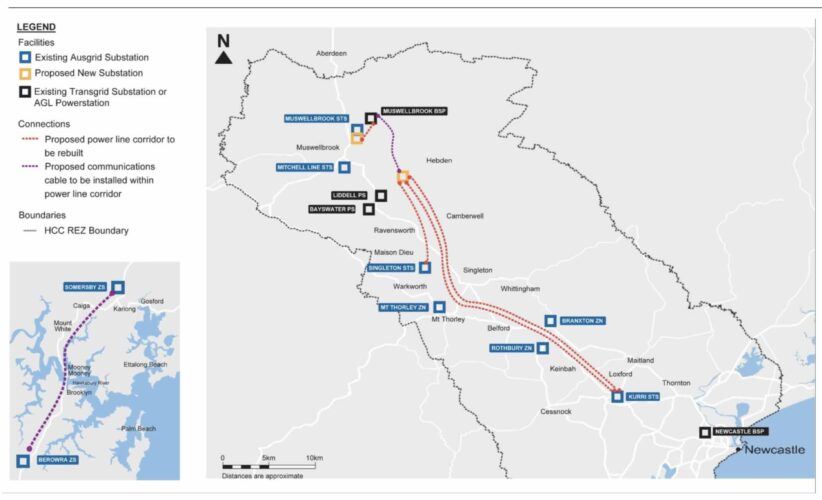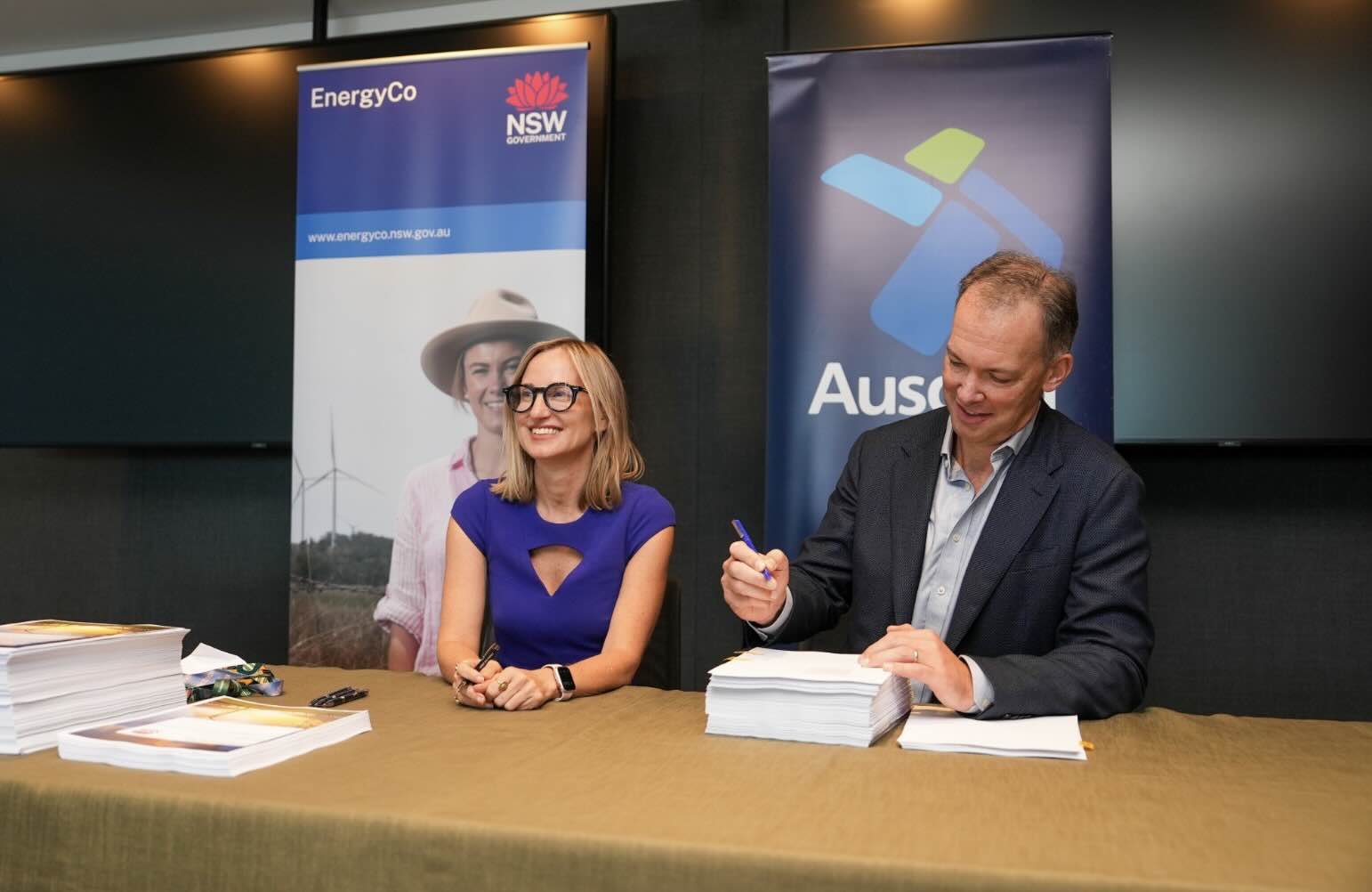The NSW state government has announced a deal with network company Ausgrid to operate the new Hunter-Central Coast renewable energy zone that it says will be the first in Australia to focus on existing infrastructure rather than building new transmission lines.
The project will allow an extra gigawatt of capacity in that part of the grid, allowing for new wind and solar projects to be built in the region that takes in an area including Newcastle, Maitland, Cessnock, Singleton and Muswellbrook – essentially the heart of the state’s coal industry.
Governments and grid managers are being urged to focus more on existing distribution networks to fast track the roll out of wind, solar and storage to help meet the federal government’s 2030 renewables target of 82 per cent, and to replace the ageing coal fired generators that will retire in NSW.
Some analysis suggests that there are tens of gigawatts of capacity hiding in plain site in existing grid. Essential Energy, for instance, says it can host an extra 8 GW of capacity within its vast network.
The transition to renewables has been visibly slowed by delays in construction of new transmission lines and controversy over their planned routes, and fears that communities in some REZs will be overwhelmed by the scale of new projects.
The issue has been used as leverage by renewable naysers, and the federal Coalition as one justification for its push for nuclear power (even though that would still need new transmission).
The deal with Ausgrid will see it upgrade existing infrastructure in the distribution (local) network of poles and wires, rather than building a new transmission network. It will upgrade power lines within existing corridors, and add two new substations (see map below).
Ausgrid CEO Marc England says it will first extension to the company’s distribution network “in a generation”, and will enable more renewables and storage to be connected to the grid.
“By enhancing our existing medium-voltage network, we are enabling a faster and cheaper integration of renewables into the grid, minimising the impact on communities,” he said.
“The proposed upgrades will facilitate more than 1 GW of energy into the grid, which is enough to power around one-million homes.”

The Hunter- Central Coast REZ is one of five identified by the NSW state government and its agency EnergyCo, and means that three of them – Central West Orana, South-West and Hunter – are now well on their way.
Others are planned for the more problematic New England region, home to renewable critic Barnaby Joyce, and Illawarra.
State energy minister Penny Sharpe says the use of the existing grid will help boost the connection of more renewable energy in the short-term, and in a way that minimises impact on the local community and the environment.
The deal signed with Ausgrid allows EnergyCo and Ausgrid to ramp up community consultation, finalise the design, finalise regulatory and planning approvals and commence construction, subject to those approvals.
“NSW is leading the way when it comes to delivering the infrastructure needed to keep the lights on and prevent electricity price spikes,” Sharpe said in a prepared statement.
“The appointment of Ausgrid demonstrates our commitment to finding innovative solutions to quickly increase the supply of reliable, renewable energy in a way that minimises impacts on communities and the environment.”
Sharpe said the new REZ will create new job opportunities and allow new industries to set up in the rea.
EnergyCo says the new renewable zone has excellent renewable energy resources and can utilise existing power stations, rehabilitated mining land, electricity network infrastructure, port and transport infrastructure and a skilled workforce.
The region is host to three of the state’s four remaining coal fired power generators – Eraring, Bayswater and Vales Point – and is already seeing the construction of massive new batteries at the sites of shuttered coal generators Munmorah and Liddell, and at Eraring.











Leave a Reply